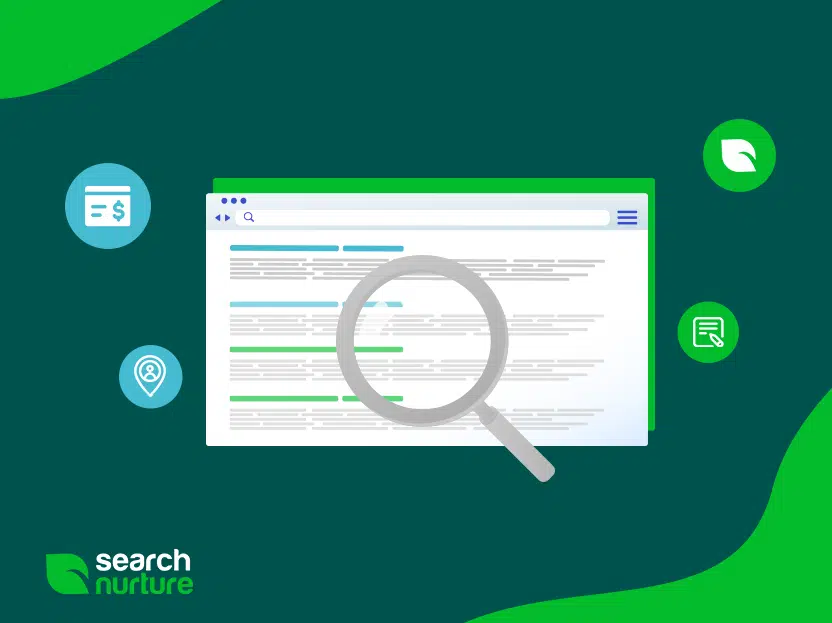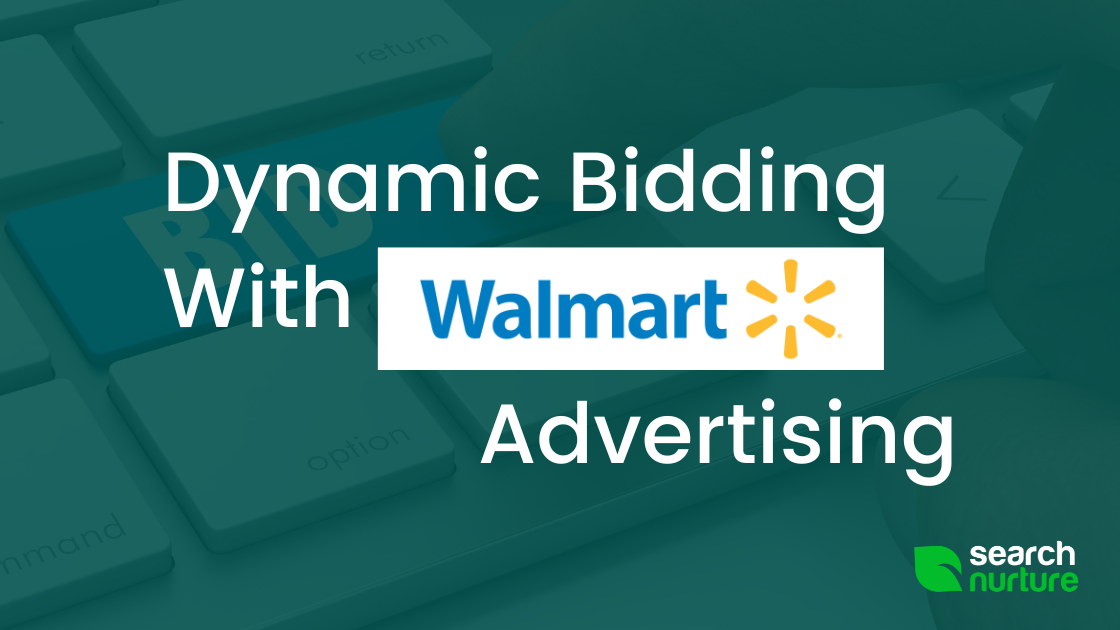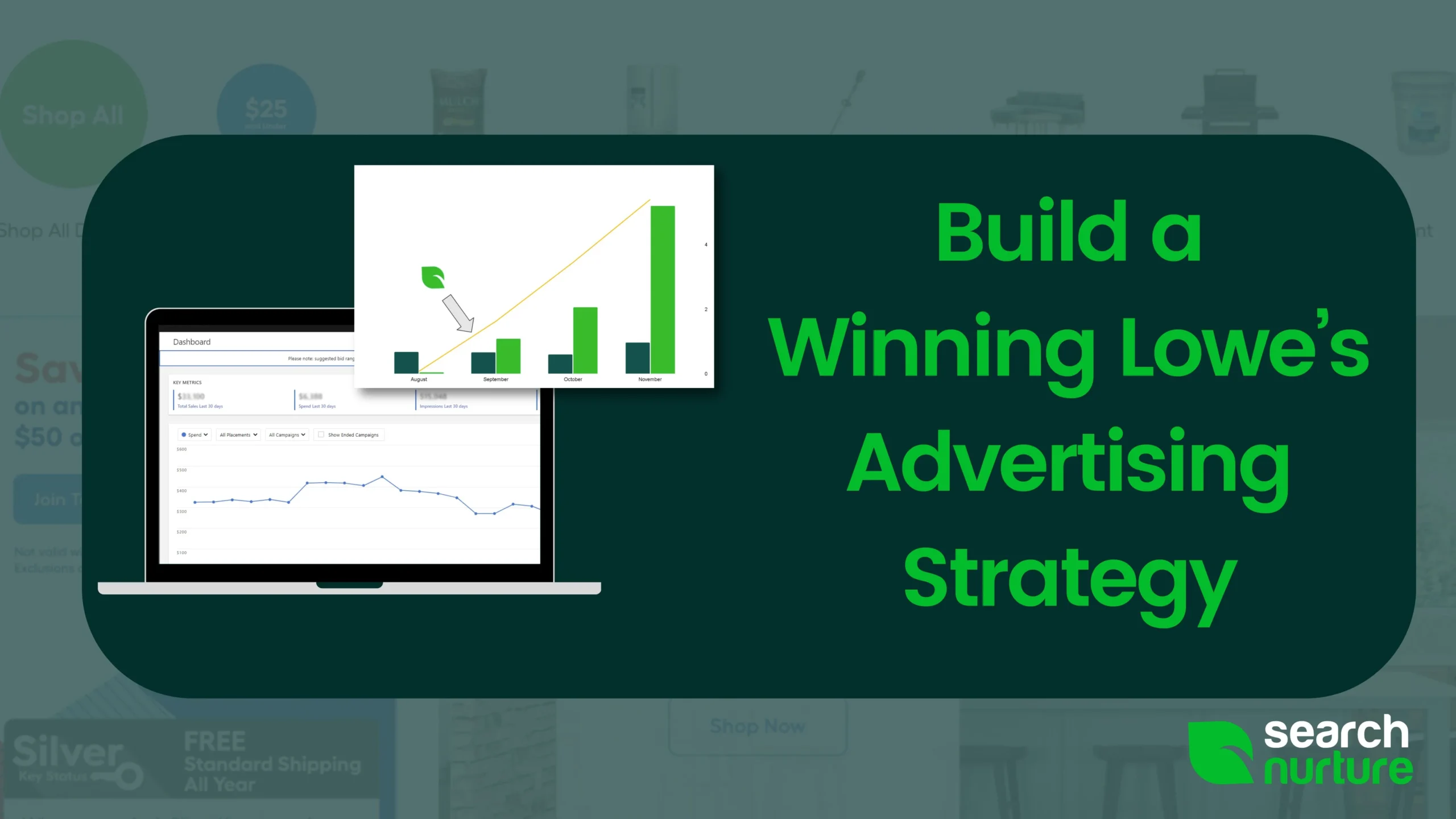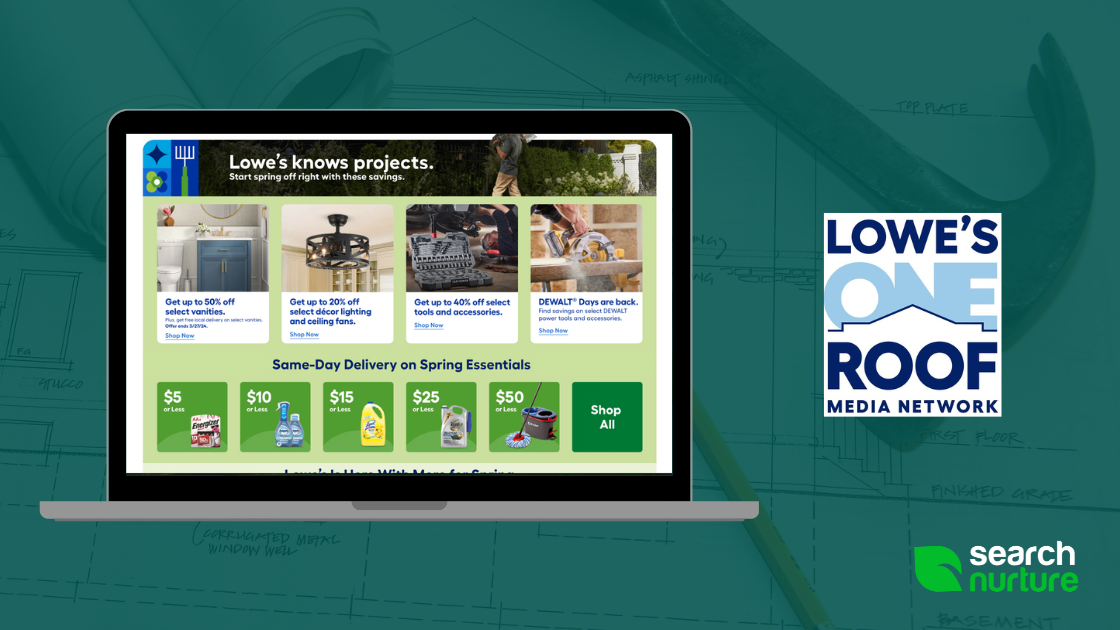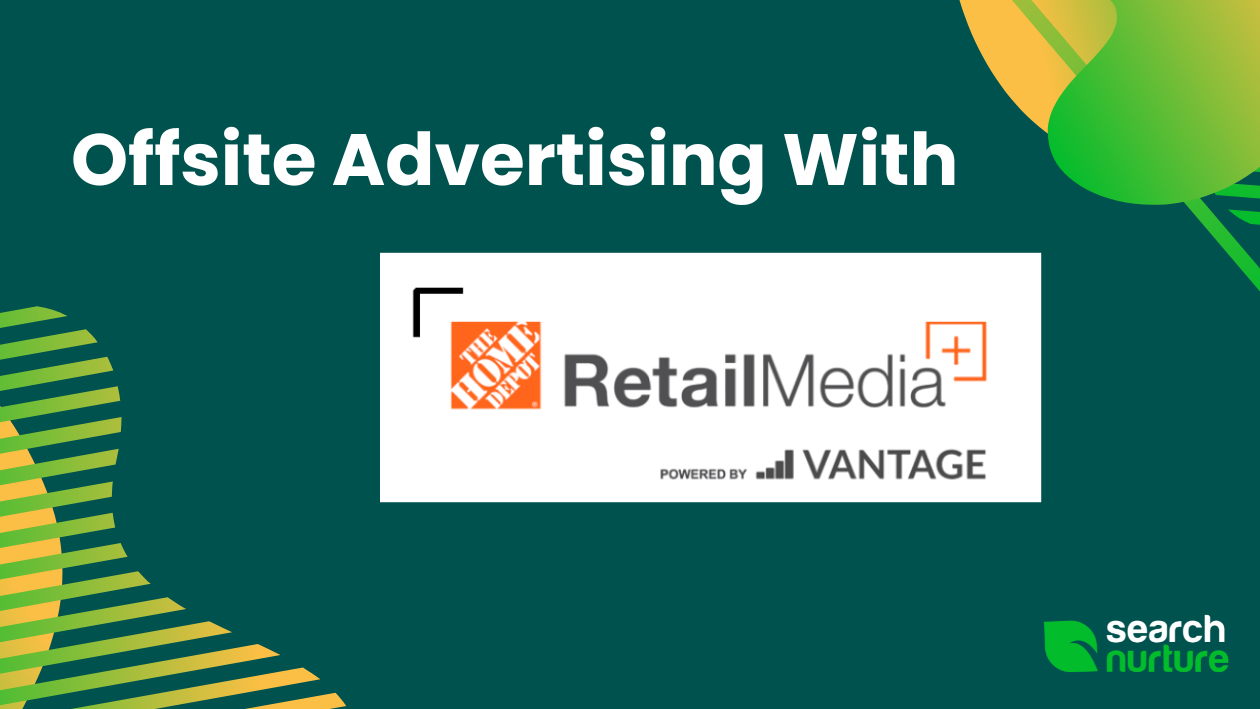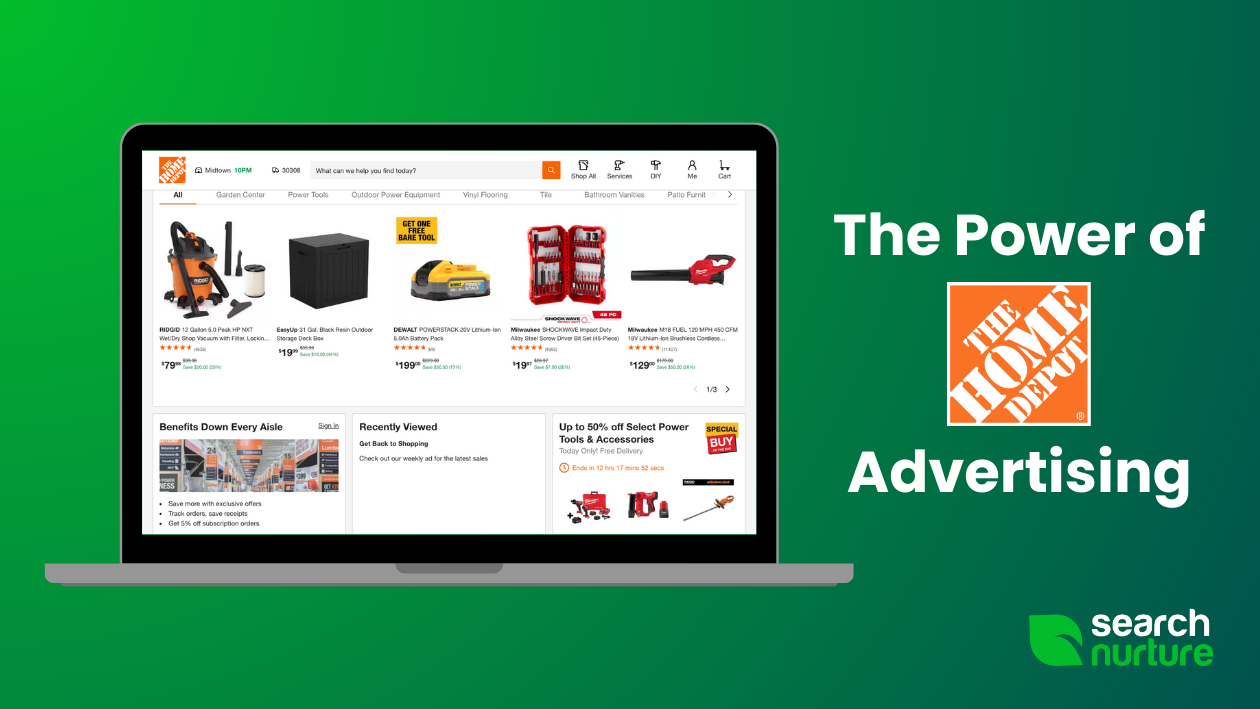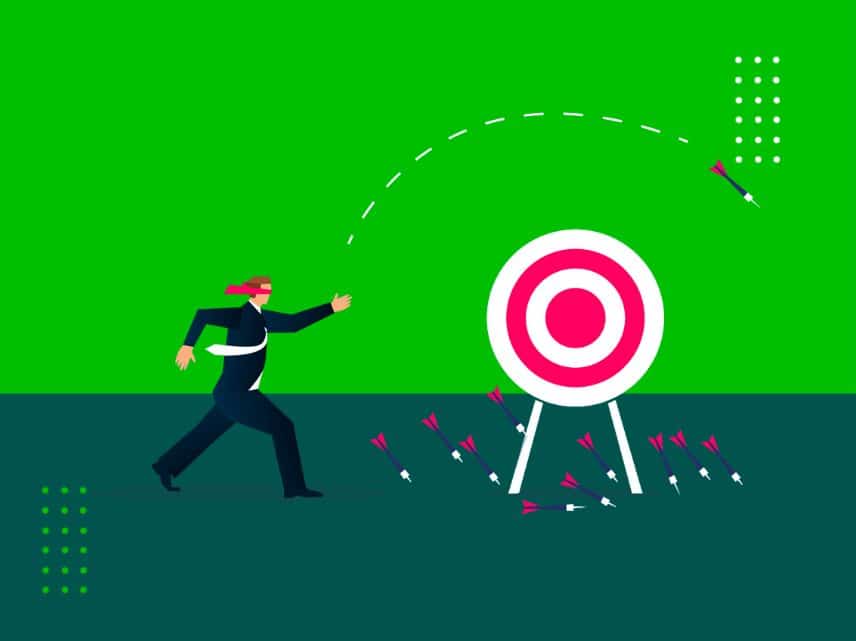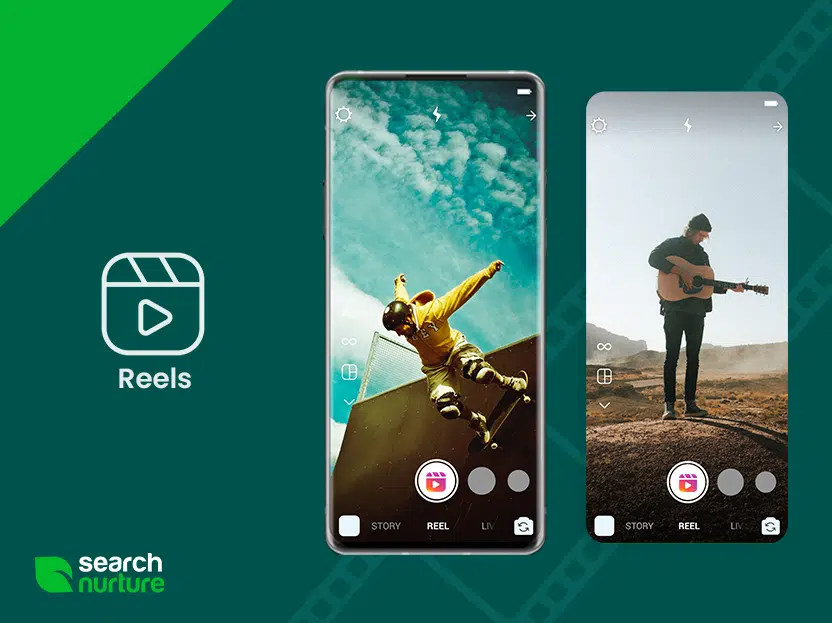SEO vs. SEM: Why It’s Important
I can remember a time, from before my work in Digital Marketing, when I first saw the acronym “SEM” and assumed someone had made a strange typo when trying to describe SEO. With only a basic understanding of SEO, adding another acronym to my brain bank seemed pointless.
Now that I know what Search Engine Optimization (SEO) and Search Engine Marketing (SEM) are, I realize that while, for some, they may still be newfangled, they are not too Marketing-y for a non-marketer to learn about.
You can easily be forgiven for not intuiting the differences between SEO and SEM, how they relate to each other, and how they may both impact your marketing efforts. On the surface, they seem very similar, except for that pesky last letter.
Both efforts can boost your visibility with prospective customers and build credibility for your organization. Both will require time and resources to succeed. So how do you decide what your company needs right now?
SEO and SEM Fundamentals: Definitions, Differences, and Direction
Let’s start with the basics. What do each of these terms stand for and what do they actually mean?
SEO: Search Engine Optimization, also known as “Organic Search”; strategies to gain visibility organically in search engines.
SEM: Search Engine Marketing, also known as “Paid Search” or “PPC” (Pay Per Click); paid strategies to gain specific visibility in search engines.
In addition to the first two initials being the same, there are some similarities between SEO and SEM:
- Increase visibility for your brand – more eyeballs on your name
- Require keyword research to understand the competitive landscape – the more you know about how people search, the better.
- Drive traffic to your site – more clicks.
Now, to look at a handful of differences between SEO and SEM:
- Paid ads are designated as “ads” included in results, as opposed to organic results. As such, organic results may be deemed as more “trustworthy” by a consumer, causing click-through rates to be higher.
- SEO click-throughs are “free,” whereas SEM ads are on a Pay-Per-Click (PPC) model.
- SEM helps right now; SEO helps for the long haul.
- There are more demographic controls with SEM with the ability to choose who gets served your ads. SEO results will appear whenever someone searches a relevant query.
- SEM is better for “failing fast.” You can quickly change parameters for your SEM campaigns in ways that SEO doesn’t allow for.
- SEO is lasting, SEM’s value ends the moment you turn the money funnel off.
It can be helpful to get a basic understanding of how each works.
SEO Strategy Types
SEO Strategies can be largely broken into three categories: On-Page, Off-Page, and Technical.
- On-Page Strategies include efforts made on your own website to optimize, and create pages toward select keywords to better appeal to search engines. This requires a good deal of research to understand who your audience is, what their search intent is, and how your competitors are targeting them. Essentially, the better match to what your audience is looking for, the happier Google is to show them your site.
- Off-Page Strategies are how you gain clout in the search engines’ eyes. These refer to actions you make aside from your site to raise ranking, authority, social awareness, etc. A common strategy known as “Link Building” can be incredibly helpful for increasing the reputability and trustworthiness of your site. This involves other clout-worthy, relevant peer sites referring back to yours through links. For example, your company rolls out a new Widget 2.0 landing page, and it gets added, via link, to a list of 10 Widgets to buy this year on Forbes.com. Being that Forbes.com is such a high volume site, their link to your page gives you a ton of equity with search engines.
- Technical Strategies essentially involve fixing problems that inevitably arise as a website expands and changes. Slow site speed, messy architecture, broken links, mobile-friendliness, among many others are all examples of technical issues that need to be addressed.
SEM Strategies can be a bit more straightforward, albeit not necessarily any “easier.” Primarily, it means relentlessly researching keywords, competitors, and the marketplace to determine where your dollars are best spent. Once you know what you are looking to accomplish with your paid search campaign, you can set budgets, optimize copy in your ads, define your audience demographics, and turn the campaign on and off as needed.
SEO vs. SEM: Which Direction Is Optimal for You?
SEO and SEM work hand in hand, and if your company had an endless budget (wouldn’t that be nice?!), a case could easily be made for spending a great deal on each.
If I were a betting woman, I’d guess that you don’t have an endless budget though, so let’s talk about making some decisions. Determining what your goals are is often a great starting point. Are you looking to build awareness for your brand? Sales of your old line of widgets most important to free up warehouse space? Are you looking to become an authority in your space?
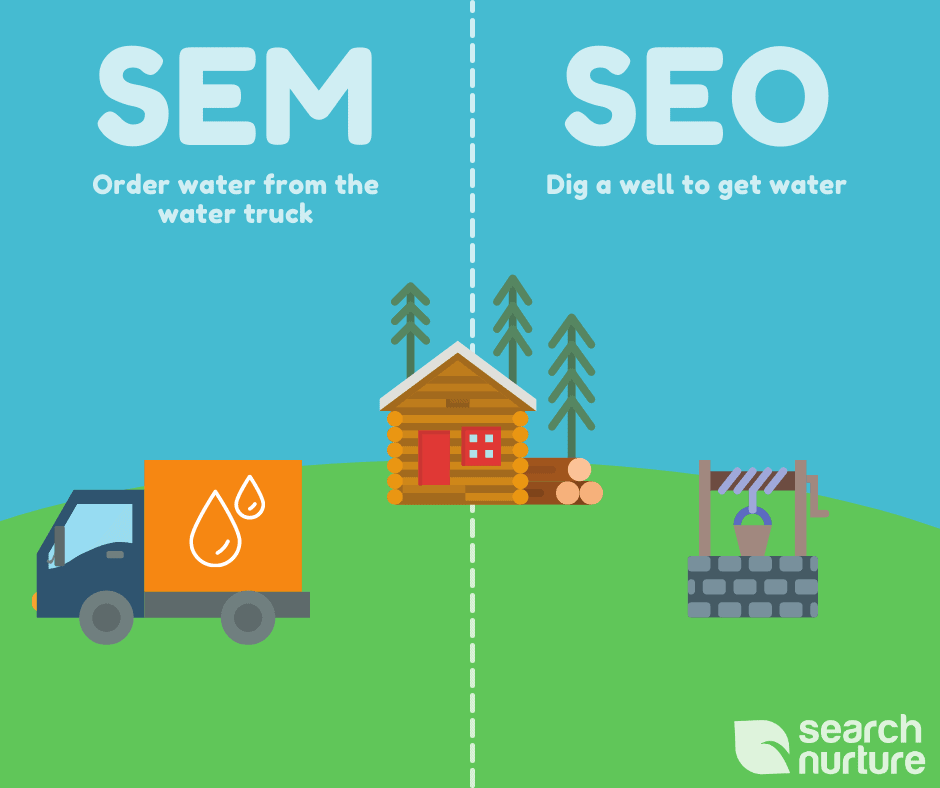
Imagine you need water to supply to your off-grid home. You have two options:
- Order water from the water truck.
- Dig a well.
Both get you crisp, refreshing water to your home. Option One costs you money every time you need to refill your water reservoir tank but is also a quick solution to your water quandary. You let the Water Man know when you need it and it shows up at your door.
Option Two requires a lot more planning. Doing research to determine where the best placement for the well is, procuring supplies to build the foundation and structure, labor and time to construct. Once you build it, you’ll still have to perform regular maintenance; however, once built, your well can serve your household’s water needs comfortably for the long haul.
Do you need water next week? Your best solution is likely to call the Water Man for now (SEM).
Do you want to set yourself up for the long haul? Might be best to get that digger ready for a well (SEO).
Key Takeaways
SEM is an excellent solution if you’re looking to create fast conversions, on demand. If you’re looking to sell Gift Baskets for the holidays, and it’s November 1st, it might be too late in the game to see any results from SEO efforts.
SEO is not something you can do in a day. It requires a great deal of research, content creation, technical finesse, and patience. The work you start doing today will compound on itself as the months go by, and before you know it, you’ll be able to draw water (organic site visitors) from your well at scale. Once you build the foundation, you can rely on that water (visitor) supply as long as you keep up with maintenance. This may include updating outdated articles on your site, optimizing certain pages for new keywords, or running regular site crawls to learn about new technical issues that may have popped up.
The great news is that often the research done for one side can be useful on the other. Keywords that make sense to bid on with SEM will likely correlate to SEO strategies… Increasing site ranking through SEO will in turn help your advertising efforts.
If you want to get a good idea of your current standing versus your competitors in search, this 30 minute SEO Audit is a great place to start.


